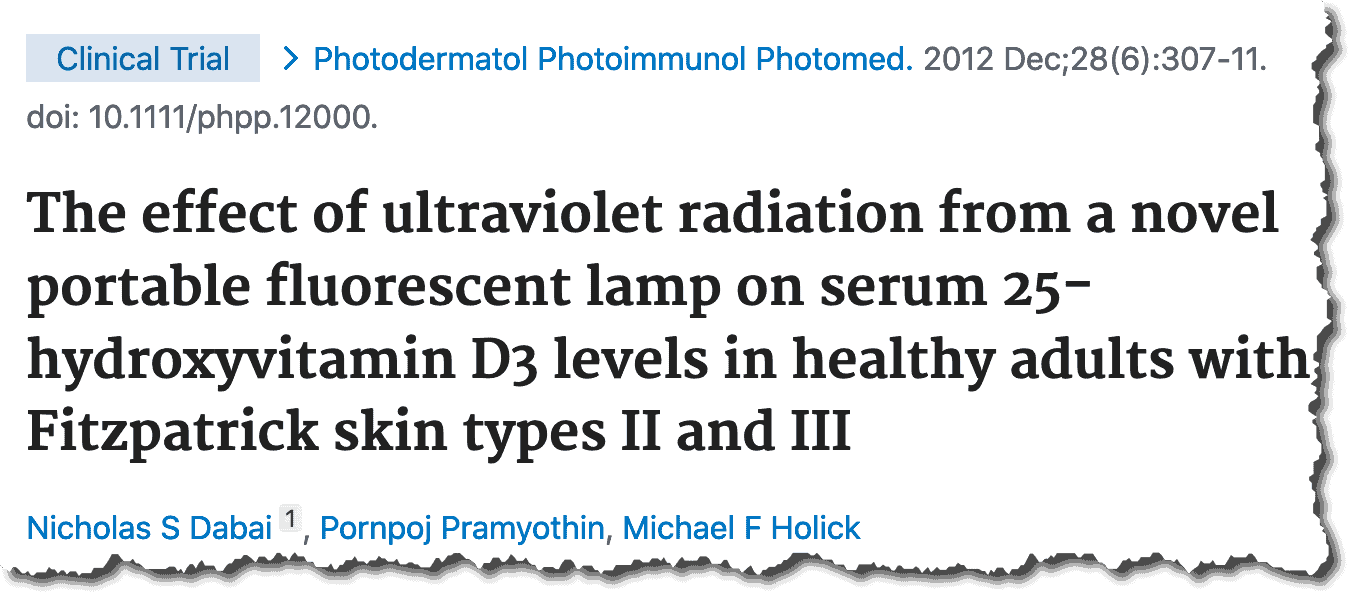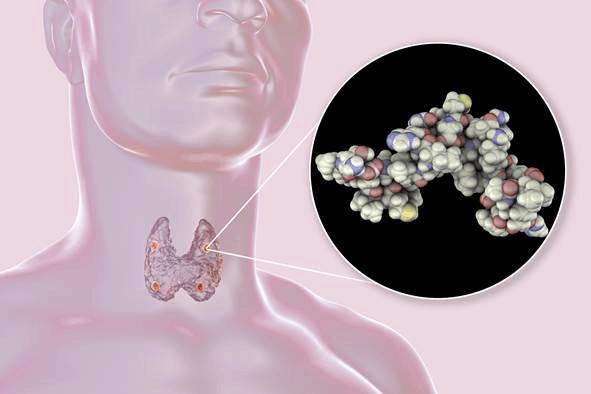
It doesn’t matter how much sunshine you get or how many supplements you take — you have to control this one toxic hormone…
—-Important Message From Our Sponsor—-
This weird patent will change your life
Comes now a huge joint discovery for men with pain…3 patents awarded…
…invented by an American chemist…
…this SHUTS DOWN your joint pains on contact…
And it’s the weirdest fat molecule that’s doing all the work…
Eliminating pain as soon as it comes into contact with your skin…
Discover this instant rub-on-relief
———-
Beware this toxic hormone draining men of vitamin D
Vitamin D supplements are very common these days.
And for good reason.
In most “developed” countries, the majority of the population has severe vitamin D deficiency.
Considering every tissue in the human body possesses vitamin D receptors, this has grave consequences on immunity and health outcomes.
Everything in the human body works better when vitamin D levels are sufficient, or even optimal.
The benefits of optimal levels are wide-ranging, and can be therapeutic even in severe diseases like Diabetes type I.
(Levels of vitamin D as measured by the 25(OH)D3 test, should be around 40 to 60 ng/ml)
However, supplements are not always effective at raising vitamin D levels in certain people.
In particular, sick or obese individuals can require much larger dosage of supplements to get the same results a normal, healthy person would.
This makes sense when you consider how vitamin D needs to be metabolized in the kidneys and the liver to turn it into its active form in the body.
Individuals with impaired metabolism (e.g. hypothyroidism) may lack the necessary enzymes to do this efficiently.
Other disorders involving fat malabsorption (since vitamin D is a fat-soluble molecule) can prevent vitamin D supplements from working properly.
“Those with fat malabsorption disorders malabsorb vitamin D and must rely on cutaneous production of vitamin D3.” -Kalajian et al. (2017)
In such scenarios, skin exposure to UVB light becomes the only option.

The fundamental way of producing vitamin D is to expose our skin to these ultraviolet rays from the sun, which triggers the process:
“The synthesis of vitamin D begins in the skin with the photoconversion of 7-dehydrocholesterol (7-DHC) to previtamin D3 as a result of ultraviolet B (UVB) irradiation. Previtamin D3 subsequently undergoes a temperature-dependent process in the skin to form vitamin D3 which enters the circulation.” – Dabai, Pramyothin & Holick (2012)
The major problem is that outside of the summer months, it becomes almost impossible to expose enough of the body to the sun to produce sufficient vitamin D.
This can be partially prevented if enough vitamin D was stored in the tissues during the summer, but alas most people don’t get anywhere close to sufficient sunlight exposure, even in summertime.
According to famed vitamin D researcher, Dr. Michael Holick, PhD, this is where tanning beds can be better than no sun at all.
Tanning beds can allow people who have not been able to raise vitamin D levels with supplements to finally do so.
Obviously, tanning beds should be used in moderation, with as little exposure as is needed to induce mild erythema in the skin.
This typically means just a few minutes of exposure. This would be equivalent to a 10000-20000UI vitamin D supplement dose.
Another option is the SPERTI lamp, which is FDA approved, and has been shown to increase serum vitamin D levels.
It is a lamp designed for home use, which emits UVB in the 280 to 400nm wavelength range.
Just a few minutes of exposure a couple a times a week has been shown to increase 25(OH)D3 levels in healthy adults:
“In summary, the Sperti D/UV-Fluorescent lamp is efficacious in increasing 25(OH)D3 levels in healthy adults with Fitzpatrick skin types II and III after multiple exposures over a 4-week period, and provides an effective and relatively inexpensive method to improve vitamin D status particularly in patients with malabsorption syndromes.” – Dabai, Pramyothin & Holick (2012)
Obviously, there is still residual fear of sun exposure causing skin aging, or worse, cancers, but this is mostly irrational.
Excessive exposure which causes burning will definitely age the skin, but people who experience the deadliest skin cancers, melanomas, are typically indoor workers.
Again, our skin is a vitamin D factory, and we only need to expose it to a little sunlight or UVB light on a regular basis to reap the benefits of optimal vitamin D levels.
This is obviously a better strategy than avoiding the sun and supplementing for the rest of your life.
—-Important Warning for Men About Vitamin D—-
This one killer hormone is draining men of their vitamin D levels

I’ve discovered one killer hormone responsible for up to 80% of men’s health and sex problems…
And one of the first things this killer hormone does is drain men of their vitamin D levels.
See, this killer hormone starts by draining certain key nutrients that the body needs — key nutrients that naturally fight off this killer hormone…
…nutrients like vitamin D!
Fortunately, my Golden Ratio protocol keeps these key nutrients high while protecting you from the killer hormone.
It’s the next step for men taking vitamin D who still can’t seem to benefit from it the way they should be…
Discover the Golden Ratio protocol now before it’s too late
———-

Dabai, N. S., Pramyothin, P., & Holick, M. F. (2012). The effect of ultraviolet radiation from a novel portable fluorescent lamp on serum 25-hydroxyvitamin D3 levels in healthy adults with Fitzpatrick skin types II and III. Photodermatology, photoimmunology & photomedicine, 28(6), 307–311. https://pubmed.ncbi.nlm.nih.gov/23126292/
Orlova, T., Moan, J., Lagunova, Z., Aksnes, L., Terenetskaya, I., & Juzeniene, A. (2013). Increase in serum 25-hydroxyvitamin-D3 in humans after sunbed exposures compared to previtamin D3 synthesis in vitro. Journal of photochemistry and photobiology. B, Biology, 122, 32–36. https://pubmed.ncbi.nlm.nih.gov/23591142/
Kalajian, T. A., Aldoukhi, A., Veronikis, A. J., Persons, K., & Holick, M. F. (2017). Ultraviolet B Light Emitting Diodes (LEDs) Are More Efficient and Effective in Producing Vitamin D3 in Human Skin Compared to Natural Sunlight. Scientific reports, 7(1), 11489. https://pubmed.ncbi.nlm.nih.gov/28904394/
Holick, M. F., Uskokovic, M., Henley, J. W., MacLaughlin, J., Holick, S. A., & Potts, J. T., Jr (1980). The photoproduction of 1 alpha,25-dihydroxyvitamin D3 in skin: an approach to the therapy of vitamin-D-resistant syndromes. The New England journal of medicine, 303(7), 349–354.
Langer, J., Penna-Martinez, M., Wallasch, M., Bon, D., & Badenhoop, K. (2013). Time trend of UVB irradiation and the vitamin D concentration in German type 1 diabetes patients. The Journal of steroid biochemistry and molecular biology, 136, 218–220. https://pubmed.ncbi.nlm.nih.gov/23207421/
